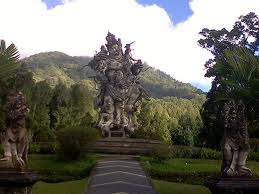Home » All posts
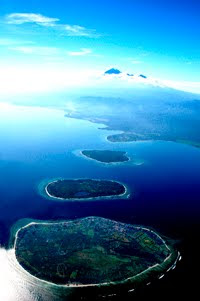
One of the tourist area which is quite interesting on the island of Lombok is a region that is located in three Gili Indah Village - West Lombok. Gili is the small islands that are often found in the beautiful West Lombok. Of all the islands in West Lombok, has been only three islands (dyke) is crowded

Want to feel the sensation of a tropical forest with diverse plant and animal inhabitants as well as beautiful beaches? Naturally want everything packed aka wild? Ujung Kulon National Park, Banten - Indonesia is the best choice.
Ujung Kulon National Park is located at the western tip of Java island.

For mountain climbers, climbing the ranks of Jayawijaya Mountains is a dream. Imagine, on one mountain peak there is the highest point in Indonesia, namely Carstensz Pyramide with a height of 4884 meters above sea level (masl).
Do not be surprised if the top mountain climbers always world-class racing
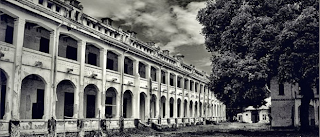
Lawang Sewu is an old building dutch heritage, located in Semarang, Indonesia. Lawang Sewu was built in 1904 and completed in 1907. The position of the building is at the roundabout Lawang Sewu Tugu Muda who once called Wilhelmina Plein.
Local people call it Lawang Sewu (Thousand Doors) because such

Lorentz National Park is representative of the complete ecosystem for biodiversity in Southeast Asia and the Pacific. This area is also one among the three regions of the world that have a glacier in the tropics. Stretching from the snow-covered mountain peak (5030 meters above sea level), to stretch
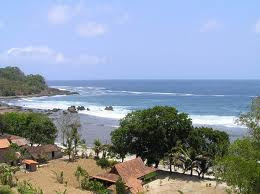
Beach Krakal including beautiful beaches compared to the beaches located along the island of Java. This beach receives sun from morning to evening throughout the year. Sea breezes that blow very cool and pretty big waves. Krakal Beach has a gentle texture and white sand that lie more than 5 kilometers.
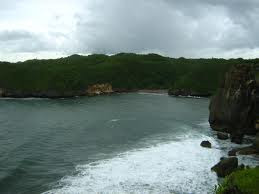
Baron Beach is one of the most famous beaches in the southeast of Yogyakarta. Baron Beach is located in the village Kemandang, Tanjungsari, Yogyakarta, about 20 km from Wonosari.
Baron Beach offers not only the beauty of fine white sand beach and in surrounding areas, but also has a beautiful limestone

